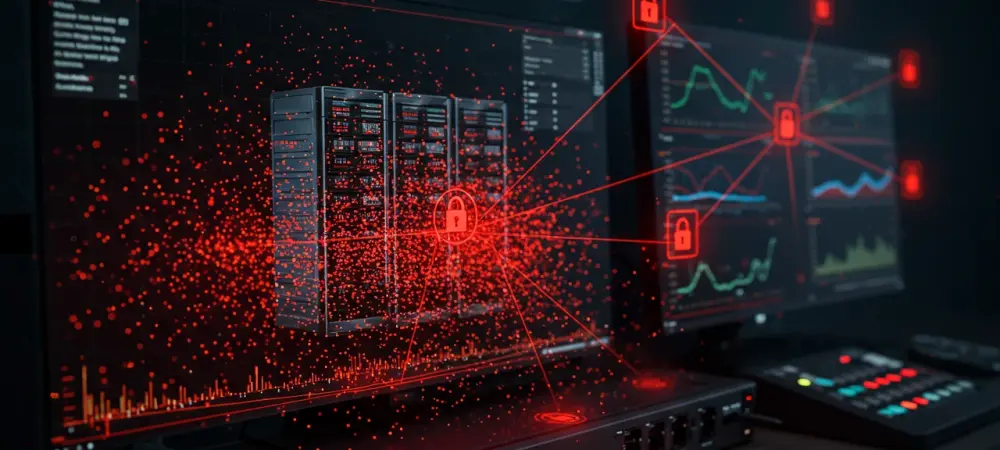The cybersecurity landscape has witnessed unprecedented disruptions as hyper-volumetric DDoS attack strategies emerge as a formidable threat. These attacks, capable of sending billions of packets to overwhelm networks, have dramatically risen in frequency and intensity, posing significant challenges to global cybersecurity defenses. Understanding these evolving strategies is paramount for protecting digital infrastructure in this increasingly hostile environment.
The Rise of Hyper-Volumetric DDoS Attacks
Growth Trends and Adoption
Recent data presents a startling surge in hyper-volumetric DDoS attacks, underscoring their rapidly growing threat. One of the most striking examples is the unprecedented spike in Q2 2025 when Cloudflare neutralized a record-breaking attack that reached an intensity of 7.3 Terabits per second (Tbps). This attack alone highlights the adoption of short, powerful bursts designed to cause maximum disruption while evading detection. With an average of 71 high-intensity attacks daily, the rise in these aggressive tactics is palpable, even as the total number of DDoS incidents fell significantly from 20.5 million in Q1 to 7.3 million in Q2.
Real-World Applications and Cases
The global scale of hyper-volumetric DDoS attacks is evident in numerous real-world applications where major organizations became targets. The largest ever DDoS attack in Q2 2025 illustrates the shifting narrative in cybersecurity, damaging sectors like telecommunications and service providers with ferocity. Entities within these industries experienced service disruptions, financial ramifications, and reputation risks. Case studies reveal a pattern of increasing attack volume and tactical precision, making hyper-volumetric attacks a growing concern in an interconnected world.
Expert Insights on DDoS Strategies
Industry experts provide valuable analysis on the tactical shifts driving modern DDoS attacks. Cybersecurity specialists argue that these attacks are becoming increasingly sophisticated, leveraging vast botnets and exploiting vulnerabilities in network architectures. The motivations behind these attacks range from competitive sabotage to ideological motives, with ransomware demands complicating defenses even further. Analysts emphasize the extraordinary challenge organizations face as identifying attack origins remains elusive, with 71% of organizations unable to trace their attackers. Known sources often point to competitors, with regions like Indonesia and Singapore frequently implicated.
Future of DDoS Attack Trends
Looking ahead, the trajectory of DDoS attack strategies signals more complex and potent threats on the horizon. Hyper-volumetric tactics are expected to evolve, employing innovative techniques that could challenge existing security frameworks. As technology advances, industries may find themselves exposed to new vulnerabilities, necessitating proactive defense measures. Emerging resilience strategies and integrated layers of cybersecurity defenses are anticipated to mitigate some risks, yet the dynamic nature of DDoS tactics suggests an ongoing battle.
Conclusion and Final Thoughts
In summary, the exponential rise of hyper-volumetric DDoS attacks has redefined the landscape of cybersecurity threats, highlighting the need for continued vigilance and innovation in defense strategies. The evolving tactics underscore the critical importance of adapting to emerging trends to safeguard digital assets. Organizations facing these threats find themselves at a crossroads, encouraged to embrace advanced security solutions and cultivate a culture of readiness to confront future challenges. The landscape may have shifted, but the need for strategic resilience and vigilance remains ever-pertinent.

